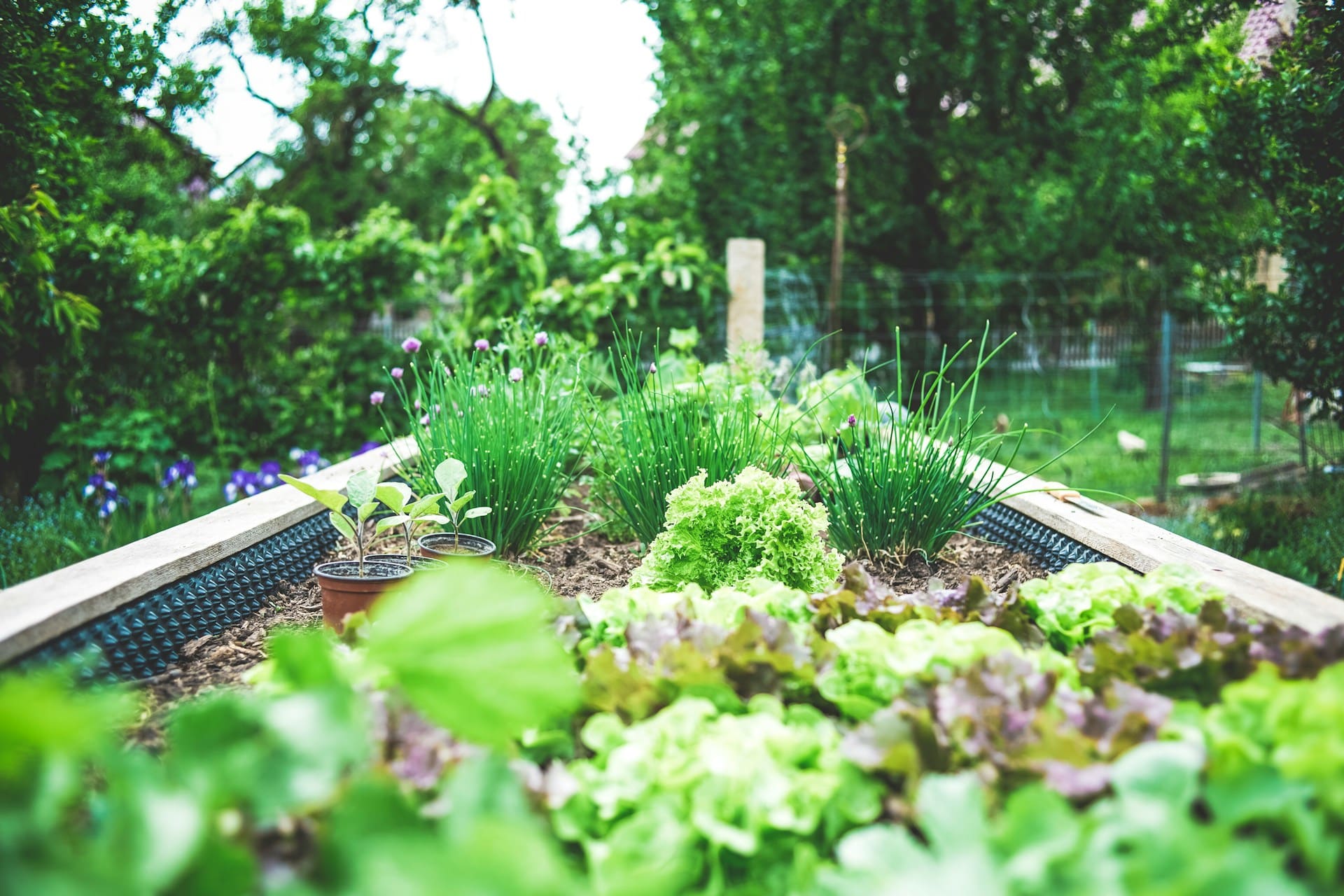How Can Urban Wildlife Corridors Improve Biodiversity in UK Cities?

The natural world, once the domain of the countryside and forest, now increasingly finds itself juxtaposed with urban living. The British cities we inhabit, long seen as bastions of concrete and steel, are now being reimagined as hotspots of biodiversity. Through the integration of green spaces and wildlife corridors in urban areas, we can help safeguard our planet’s ecological riches. This article will explore how urban wildlife corridors can bolster biodiversity in UK cities.
The Biodiversity Crises in Urban Areas
Urban areas have historically been considered the antithesis of biodiverse ecosystems. The rapid expansion of cities, coupled with the destruction of natural habitats to make way for infrastructures, has led to a significant decline in biodiversity. It’s high time we delve deeper into the issue, and find ways to reconcile urban living with our natural heritage.
A lire aussi : What Are the Latest Breakthroughs in Allergy Research in the UK?
Given the relentless march of urbanisation, our cities are increasingly becoming inhospitable to a wide array of species. We, the Homo sapiens, are inadvertently driving countless other species to the fringes of extinction. According to a review published in Crossref, about 1,000 species are threatened by urban development globally.
This stark reality has led to a call for the integration of nature within our urban landscapes. Urban green spaces, such as parks, gardens, and green roofs, provide much-needed respite for urban dwellers. However, these isolated pockets of green are not enough to halt the biodiversity crisis. For urban flora and fauna to truly thrive, they need an interconnected network of green spaces – a concept known as ‘wildlife corridors’.
Lire également : Unlocking surprises: the allure of the mystery box one plus
The Concept of Urban Wildlife Corridors
Now let’s delve into the concept of urban wildlife corridors. These are essentially ‘highways’ that connect different green spaces within a city, allowing species to move freely and safely. This idea is a key part of urban conservation efforts, aiming to create a harmonious blend of urban and natural environments.
Urban wildlife corridors can take many forms, from street-side trees and shrubs to green roofs and even rivers. These corridors act as lifelines for wildlife, enabling them to move, breed, and hunt. This helps maintain a healthy gene pool, as species are able to interbreed and diversify.
The concept is not a new one. In the UK, the London Wildlife Trust’s ‘Living Landscapes’ initiative has for years been creating nature reserves and wildlife corridors in the capital. Yet, the application of this concept at a city-wide or national level is still in its infancy.
The Role of Urban Wildlife Corridors in Improving Biodiversity
The role of wildlife corridors in boosting urban biodiversity is significant. By providing safe passage for species, they can enhance the health and diversity of urban ecosystems. In this section, we will explore the potential benefits of these green pathways in detail.
Urban wildlife corridors can help mitigate the effects of habitat fragmentation – a major threat to biodiversity. Fragmentation occurs when large, continuous habitats are broken up into smaller, isolated patches due to urban development. This can lead to a decrease in species diversity and genetic variation. However, by linking these fragmented habitats, wildlife corridors can promote the movement and dispersal of species, thus reducing the risks associated with habitat fragmentation.
Furthermore, wildlife corridors can help species adapt to climate change. As temperatures increase, many species need to move to cooler areas to survive. Wildlife corridors can facilitate this movement, allowing species to reach new habitats and thereby increase their chances of survival.
Incorporating Urban Wildlife Corridors into City Planning
The integration of urban wildlife corridors into city planning is essential for their success. Strategic planning and collaboration among stakeholders are crucial to ensure that these green pathways can effectively serve their purpose. In this section, we will look at some strategies for incorporating wildlife corridors into urban planning.
City planners and policymakers need to consider biodiversity in their urban development plans. This includes identifying potential wildlife corridors and protecting them from development. Incorporating green infrastructure, such as green roofs and walls, into building designs can also help create wildlife corridors within built-up areas.
Moreover, community involvement is crucial in maintaining and promoting urban wildlife corridors. Residents can contribute by planting native species in their gardens, creating ‘stepping stones’ for wildlife to move between larger green spaces. Educational programs can also be implemented to raise public awareness about the importance of urban biodiversity and wildlife corridors.
Conclusion
While urban wildlife corridors hold promise for improving biodiversity in cities, they are not a silver bullet. They must be part of a broader strategy that includes habitat preservation, sustainable development, and climate change mitigation. However, with careful planning and collective action, urban wildlife corridors can help transform our cities into thriving ecosystems, benefiting both people and wildlife alike.
Success Stories of Urban Wildlife Corridors
Anecdotes abound regarding the successes of urban wildlife corridors, with numerous cities around the world trialling and implementing these biodiversity conservation strategies. This section will highlight some of these success stories, providing tangible evidence of how wildlife corridors can enhance urban biodiversity.
In Melbourne, Australia, the city’s "Greening the Pipeline" project transformed a disused sewer pipe into a vibrant green corridor. According to a study referenced in Google Scholar, this project not only improved the local environment but also bolstered community engagement, serving as an inspiring example for other cities.
Closer to home, the UK’s Sheffield City Council adopted a master plan in 2023 to transform its city centre by integrating green spaces and wildlife corridors. This plan included a focus on planting native species to attract local wildlife, with the aim of enhancing Sheffield’s urban biodiversity. Early reports suggest this initiative has been successful, with increases in bird and insect populations observed.
Another success story is London’s ‘Bee Corridor’, a stretch of 22 wildflower meadows that serve as a highway for bees and other pollinators. This corridor, created by a collaboration between local councils and conservation organisations, has been instrumental in reviving London’s bee population.
These examples underline the potential of urban wildlife corridors in fostering biodiversity within built environments. They demonstrate that cities can indeed be transformed into thriving, ecologically-rich habitats, combating the adverse effects of urbanisation.
Challenges and Future Directions
While urban wildlife corridors offer many benefits, they are not without their challenges. Understanding these hurdles can help us navigate the path towards successful biodiversity conservation in urban areas. This section will discuss some of these challenges and consider future directions.
One of the prevalent hurdles is that wildlife corridors often require significant space – a luxury in dense urban settings. As such, creating effective corridors needs careful urban planning and design, often demanding innovative solutions like green roofs and green walls.
Additionally, corridors need to cater to a variety of species, each with different habitat requirements. Identifying the needs of these species and incorporating them into the design of urban wildlife corridors can be a complex task.
Finally, the success of urban wildlife corridors also depends on public awareness and community participation. Unfortunately, urban residents often underestimate the value of urban biodiversity, and their role in its conservation.
Looking ahead, city planners and conservationists must continue to experiment with novel strategies, harnessing advances in technology and ecological science. Future endeavours could involve the use of drones for habitat mapping or the employment of AI for monitoring wildlife movement. Most importantly, there needs to be a collective commitment, at all levels, towards the preservation of our urban ecosystems.
Conclusion
Urban wildlife corridors offer an innovative and effective means of enhancing biodiversity within our cities. While they face challenges, the success stories shared in this article prove that these hurdles are not insurmountable. The interplay between careful planning, community involvement, and advanced technology can help create urban environments where both human and wildlife can coexist and flourish.
As we continue to grapple with issues like climate change and biodiversity loss, the role of urban areas as havens for wildlife becomes increasingly significant. The potential benefits of urban wildlife corridors extend beyond biodiversity conservation, contributing to improved human well-being, climate change resilience, and a more sustainable future for our cities.
In essence, urban wildlife corridors serve as a poignant reminder that we, the Homo sapiens, are not the sole inhabitants of this planet. They underscore the need for us to tread lightly, fostering an environment where all species can live in harmony.
